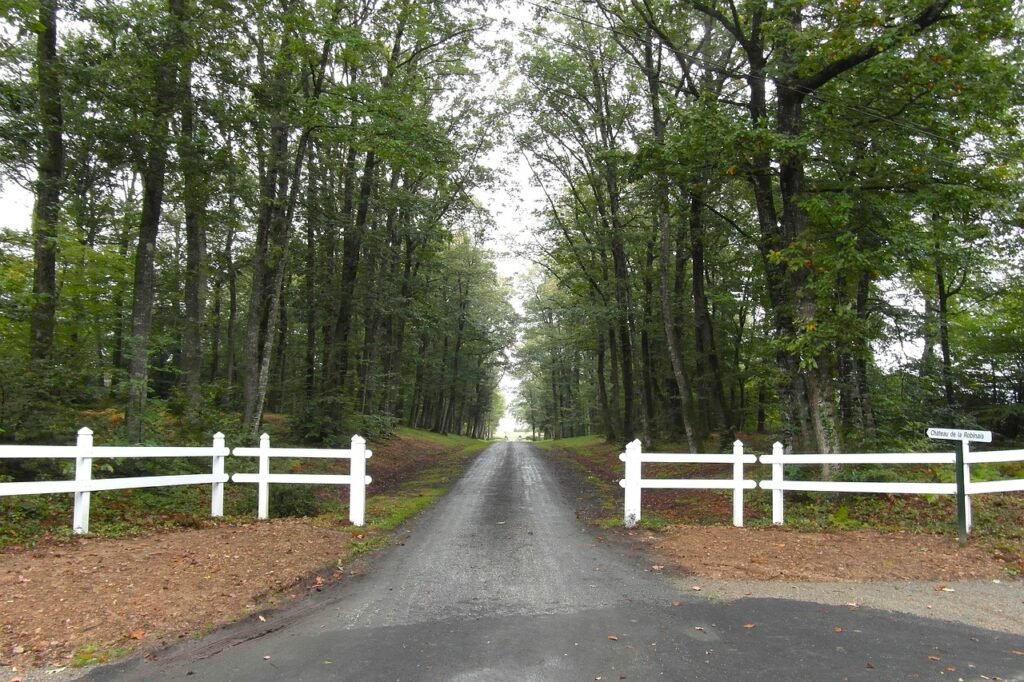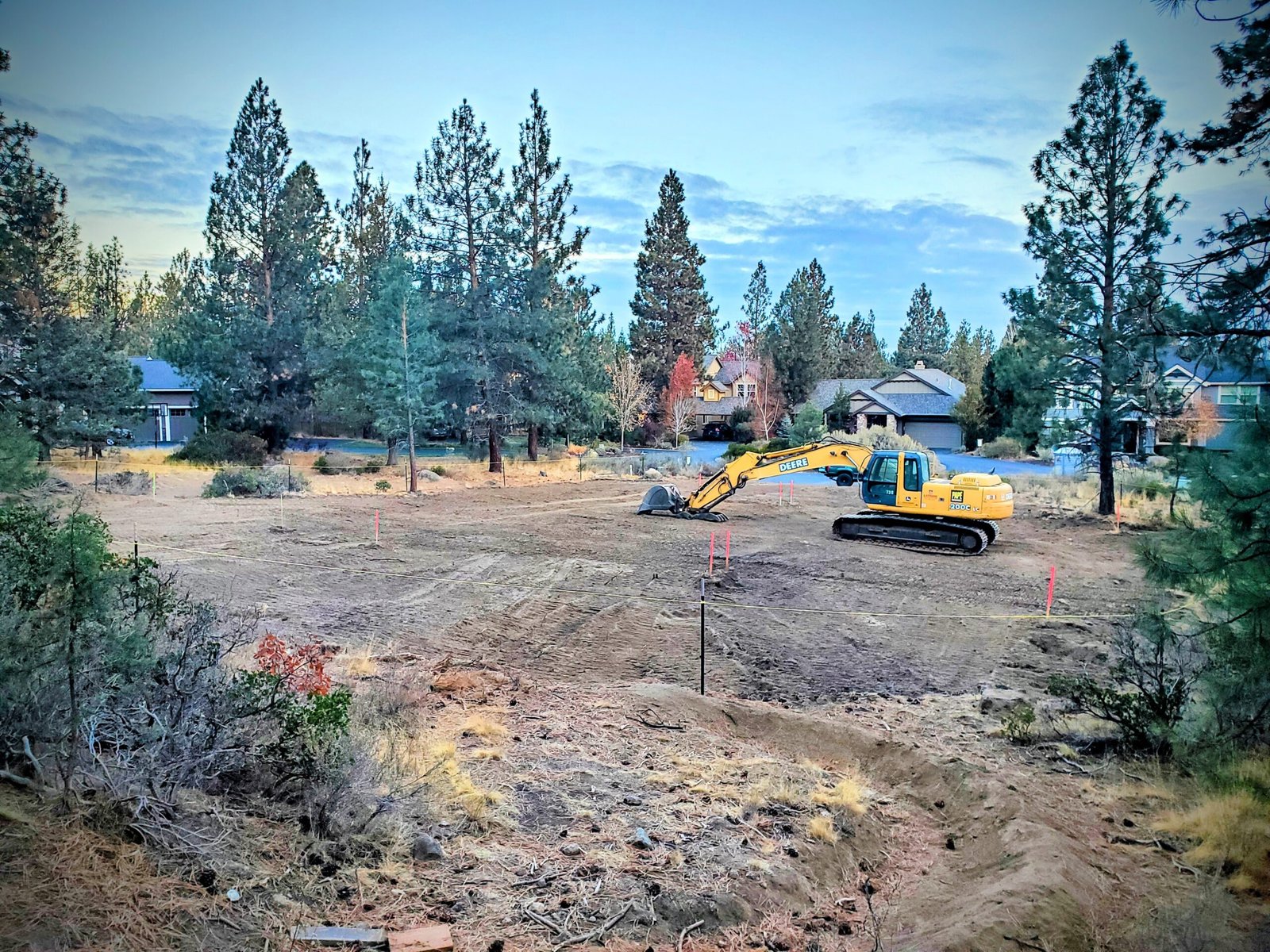The Essential Guide To Understanding Access To Your Property
Building a new home is an exciting journey, but it involves careful planning and attention to detail, especially when it comes to constructing your driveway and access paths. This crucial component not only affects the ease of construction but also plays a significant role in your daily living experience. Here’s what you need to know to get it right from the start.
1. Planning Your Driveway and Access
Before diving into building a driveway, it’s essential to evaluate how the driveway will intersect with the main access road and lead to your build site. During your site visit, ensure you identify the exact location where the driveway will meet the road and outline the proposed path to your new home. This planning step is crucial as it can influence the placement of your home and overall layout of your property.
2. Understanding Driveway Approaches

The driveway approach is where your new driveway connects to the main road, and it’s subject to various regulations and specifications. Whether you’re in an urban or rural setting, consult with local authorities to understand their requirements. Here’s what you should consider:
- Approach Width: Local regulations might restrict the width of your driveway approach. This could affect your plans for double or looping driveways and may require specific designs for curb cuts and approach “wings.”
- Materials: Driveway approaches can be made from gravel or concrete, but local jurisdictions will dictate the materials and their specifications. Don’t assume that nearby driveways or road materials indicate what’s required; always confirm with local authorities.
- Sidewalks: In urban areas, sidewalks might need to be integrated with your driveway approach. Check with your local jurisdiction for requirements on driveway locations, widths, and slopes. Neighboring sidewalks are not always a reliable guide.
- Additional Costs: Be aware that your lot line might end a few feet before the edge of the road, which could incur extra costs for extending your driveway.
3. Construction Considerations

A well-constructed driveway is vital for both construction access and long-term use. Here’s what to keep in mind:
- Gravel Driveways: Ensure that a gravel driveway with a solid base is in place for construction access. If you plan to include driveway construction in your build contract, discuss potential complications with your Senior Project Manager. Issues like length, grade, or rock hammering may affect costs.
- Asphalt Driveways: If you opt for an asphalt driveway, consider the time of year. Asphalt plants often shut down during winter months, which could impact your installation schedule.
- Clear Specifications: If the driveway is part of the construction contract, agree on materials, location, width, and length with your client to ensure accurate bidding and avoid unexpected costs.
4. Fire Marshal Requirements
For driveways longer than 150 feet, you’ll need to adhere to NFPA fire access standards. This includes ensuring adequate widths and turnaround areas for emergency vehicles. It’s crucial to plan this aspect carefully to meet safety regulations.
5. Navigating Driveway Slopes
Driveway slopes are an important consideration, regardless of your property’s location. Steep driveways can pose challenges such as break-over and approach angles, which may affect usability. During your site visit, discuss slope issues and explore potential solutions.
- Drainage: Typically, driveways should slope away from the garage to facilitate natural rainwater drainage. However, if your driveway slopes towards the garage, special drainage solutions are necessary to prevent flooding. A drive-over style trench drain is recommended for reverse slopes, but consult with your builder to select the right design and installation method.
Conclusion
A well-planned and constructed driveway is more than just a path to your home; it’s a crucial element that impacts both construction and daily living. By understanding and addressing these key factors—approach specifications, construction materials, fire safety, and drainage—you’ll be well on your way to a smooth and successful home build. For any complexities or uncertainties, always consult with your jurisdiction to ensure your driveway meets all necessary requirements and functions perfectly for years to come.
Happy building, and may your new home be everything you’ve dreamed of and more




